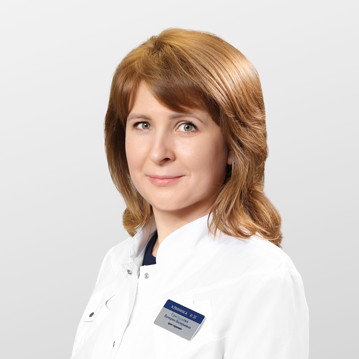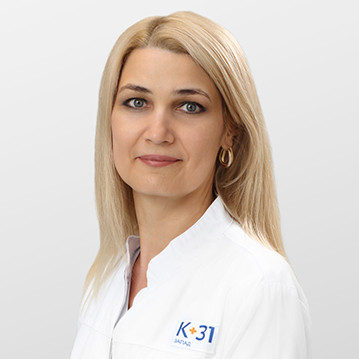Diseases of the operated stomach are pathogenetically associated with gastroresection interventions and occur some time after surgery. All pathologies of this group are characterized by the presence of pain in the epigastrium and dyspeptic symptoms. Additionally, nutritional metabolic disorders, as well as neurovegetative vasomotor reactions.
Causes of development of pathologies in operated stomachs
Diseases of operated stomachs develop against the background of several (often interrelated) factors. Here are some of them:
- Complex surgery. Pathologies develop against the background of a perfect resection of the stomach. During the intervention, a part of the organ is removed. This entails a violation of its normal functionality.
- Active movement of food. The rapid movement of undigested food irritates the mucous membrane of the small intestine. This leads to an increase in blood flow in the area. The consequence of this is the deterioration of blood circulation in the brain.
- Influence on the nervous system and hormonal balance. An intense effect on the parasympathetic nervous system and the release of hormones (catecholamines) into the blood affect the general condition of the body, aggravate hypovolemia and contribute to the development of pathologies of the operated stomach.
- Surgical technique and patient's condition. Complications are caused by errors in the operation, the low level of professionalism of the surgeon and insufficient preparation of the patient.
The presence of concomitant diseases in a patient (for example, diabetes and cardiovascular pathologies) also determine the risk of developing diseases of the operated stomach. The cause of health problems can also be insufficient postoperative care or non-compliance with the doctor's recommendations.
Characterization and classification of pathologies
Diseases of the operated stomach have a number of common characteristics that allow doctors to classify them for better understanding.
One of the most common pathologies is dumping syndrome - a disorder that most often occurs after resection or gastroenterostomy. In this case, food quickly moves from the stomach to the intestines, causing a number of specific symptoms. They are both early (occur immediately after eating) and late (appear a few hours after eating).
Afferent loop syndrome occurs with approximately the same frequency. This disorder is caused by a violation of the passage of food due to the reflux of the contents of the small intestine into the stomach through a surgical anastomosis. Against this background, symptoms such as nausea, vomiting, pain in the upper abdomen and weight loss appear.
The following diseases are slightly less common:
- Impaired digestion and absorption. Pathology is provoked by a change in the physiology of the stomach after surgery. Food passes to the intestines faster, which reduces the time for digestion and absorption.
- Reflux esophagitis. This is an inflammatory process caused by the rise of stomach contents into the esophagus. The disease is caused by a change in the anatomy of the organ after surgery.
- Stenosis of the anastomosis. This is a narrowing of the anastomosis (it is the connection between the two parts of the gastrointestinal tract) that causes problems with the free passage of food through the stomach.
- Post-resection gastritis. Pathology is an inflammation of the gastric mucosa.
After performing the Billroth II gastric resection procedure or its modifications, patients experience an exacerbation of existing gastrointestinal diseases. In particular, cholecystitis and pancreatitis take a more severe course.
















